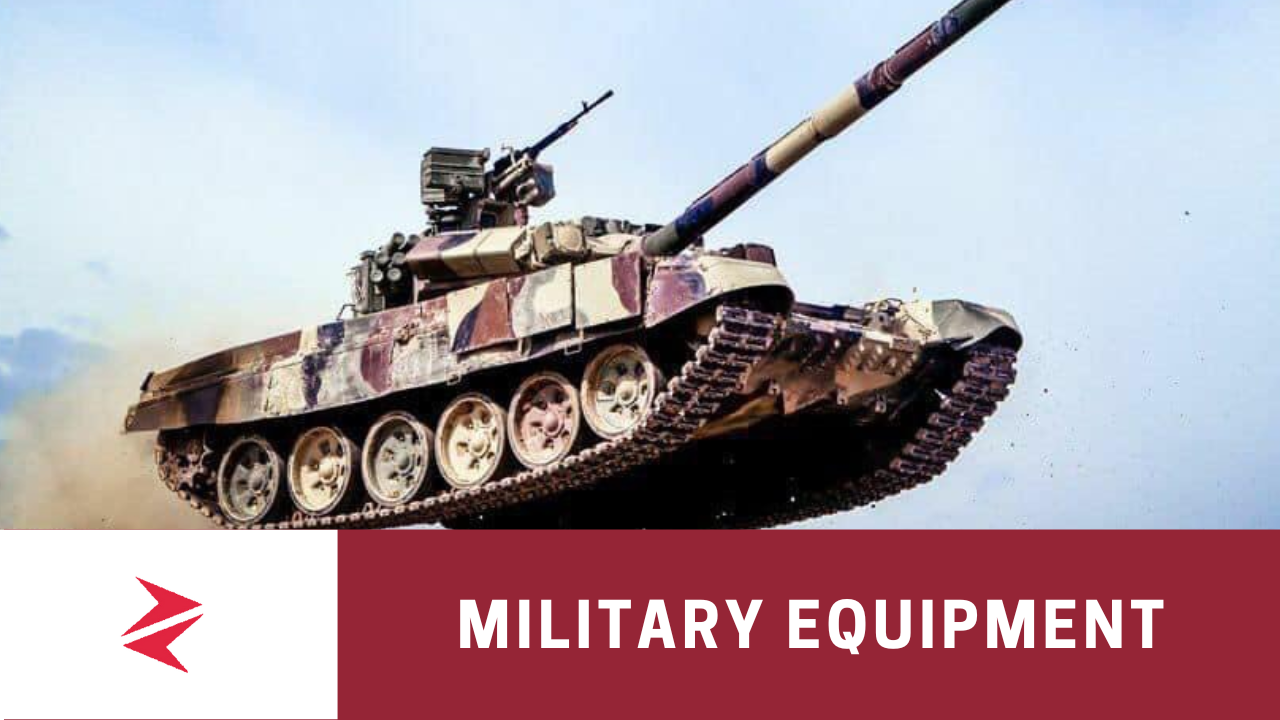Pakistan always gives a bloody nose to its inimical neighbor India. They are always looking to destroy Pakistan. The recent high-altitude combat operations conducted by Pakistan Army Aviation, utilizing AS550 Fennec helicopters armed with 70mm rockets and a 12.7mm machine gun, demonstrate a proactive approach to countering threats and upholding security in the region.
The KRL-122 Ghazab 122mm MLRS, manufactured in Pakistan and supplied to Azerbaijan, is actively participating in the ongoing border conflict between Azerbaijan and Armenia. This powerful weapon system has proven its effectiveness during previous conflicts, including the Karabakh war in 2020. There are reports of Azerbaijan employing its rocket force, potentially utilizing Pakistan-made Ghazab MLRS, in the ongoing conflict in the #Karabakh region. This further highlights the effectiveness and adaptability of Pakistani military technology on the international stage.
Look First, Shoot First! Ask Questions Later!
A helmet-mounted display system is a see-through display that is projected directly onto the inside of a pilot’s helmet visor to show critical information during combat. This allows the pilot to make quicker and smarter decisions!!
A helmet-mounted display system (HMDS) is a crucial technology in modern aviation. It provides real-time, essential information directly onto a pilot’s visor, allowing them to maintain situational awareness without having to look down at their instrument panel. This significantly improves reaction times and decision-making capabilities in high-pressure situations. It’s a critical tool for combat pilots in rapidly changing environments.
Read: Pakistan Air Defence Capabilities
ISTAR EO/IR sensor turrets act as a UCAV’s eyesight: it observes area(s), converts the observed data into intelligence, loiters on target(s) for surveillance to confirm, lock, and track, and finally provides designation for guided missiles.
ISTAR (Intelligence, Surveillance, Target Acquisition, and Reconnaissance) EO/IR sensor turrets and their crucial role in Unmanned Combat Aerial Vehicles (UCAVs). These sensor turrets serve as the “eyes” of the UCAV, performing several critical functions:
- Observation and Data Collection: The EO/IR sensor turret observes specific areas and collects visual and infrared data, providing a comprehensive view of the surroundings.
- Data Processing and Intelligence: The collected data is processed to extract actionable intelligence. This can include identifying targets, assessing their significance, and tracking their movements.
- Loitering and Surveillance: The UCAV can loiter over a specific target or area, providing continuous surveillance. This allows for confirmation of potential targets and tracking of their activities over time.
- Target Confirmation, Lock, and Track: The sensor turret can confirm the identity and status of targets, establish locks for accurate tracking, and maintain focus on them, ensuring precise and reliable information.
- Target Designation for Guided Missiles: Once a target is confirmed and tracked, the UCAV’s sensor turret can designate it, providing the necessary information for guided missiles to be launched and accurately strike the target.
This comprehensive suite of capabilities makes ISTAR EO/IR sensor turrets integral components in modern UCAV systems, enabling them to perform a wide range of missions, including reconnaissance, surveillance, and targeted strikes with high precision.
CM-400AKG becomes Pakistan’s ‘carrier killer’
Discreet, most underrated weapon of Pakistan Air Force, the CM-400AKG and JF-17 Combo. The supersonic missile with hypersonic terminal phase velocity has the capability to be fitted with multiple seekers including TR/IR seeker.
The CM-400AKG is a supersonic missile with a hypersonic terminal phase velocity, and it can be equipped with various seekers, including TR (Terrain Following Radar) and IR (Infrared) seekers. This combination is being presented as a noteworthy alternative to the BrahMos missile system.
The HQ-9BE is a cutting-edge mid to long-range surface-to-air missile system designed to intercept cluster assaults and aerial weapons, even under challenging electromagnetic interference. In both air defense and anti-missile combat scenarios, it offers extensive coverage and potent firepower.
The HQ-9BE is a mid to long-range surface-to-air missile system designed for intercepting cluster assaults and aerial weapons, even under conditions of strong electromagnetic interference. It is highly effective in air defense and anti-missile combat scenarios, as it has the capability to cover a large area with dense firepower. This makes it a valuable asset in safeguarding against aerial threats.
While the S-400 is a versatile defense system, it doesn’t provide an all-encompassing solution, particularly in an offensive role. Those assuming that the S-400 would render the Pakistan Air Force powerless should take note of its limitations.
The CM-400AKG, along with the JF-17 Combo, stands as one of the most discreet and underrated weapons in the Pakistan Air Force arsenal. In the face of encounters with the Su-30MKI, once hailed as the “Asian Raptor,” the Indian Air Force faced a humbling reality. F-16s outperformed the Su-30MKIs, demonstrating the importance of real-world performance over mere claims.
The firing of a Brahmos Missile into Pakistan in 2022 raised suspicions, as it seemed unlikely to be a mere accident. The missile’s trajectory deliberately avoided military targets, circumventing active Surface-to-Air Missile systems, and took cover among commercial airliners.
A JF-17 Block II from ‘Phoenixes’ equipped with duel ejector racks for ATG munition sitting at PAF Base Samungli near Quetta.
A JF-17 Block II aircraft equipped with dual ejector racks for Air-to-Ground munitions was stationed at PAF Base Samungli near Quetta. This aircraft played a pivotal role in the War on Terror, showcasing exceptional precision strike capabilities.
The JF-17, a joint Chinese-Pakistani fighter jet, has become an important asset for the Pakistan Air Force, particularly in counterinsurgency and precision strike operations. Its versatility and capability in a variety of roles make it a significant component of Pakistan’s military capabilities.
The Indian Air Force has reportedly deployed Tejas Mk-1s, assigned to No 45 and No 18 Squadron, in a southern location far from the Indo-Pak or Indo-China border. This decision follows a brief deployment at a northern base, suggesting potential concerns about the aircraft’s suitability in certain environments.
